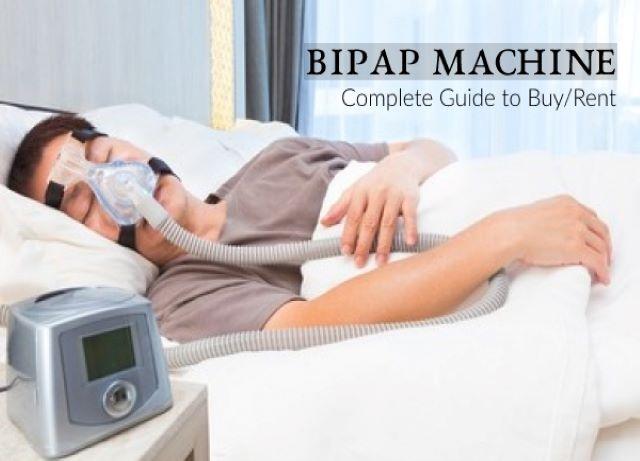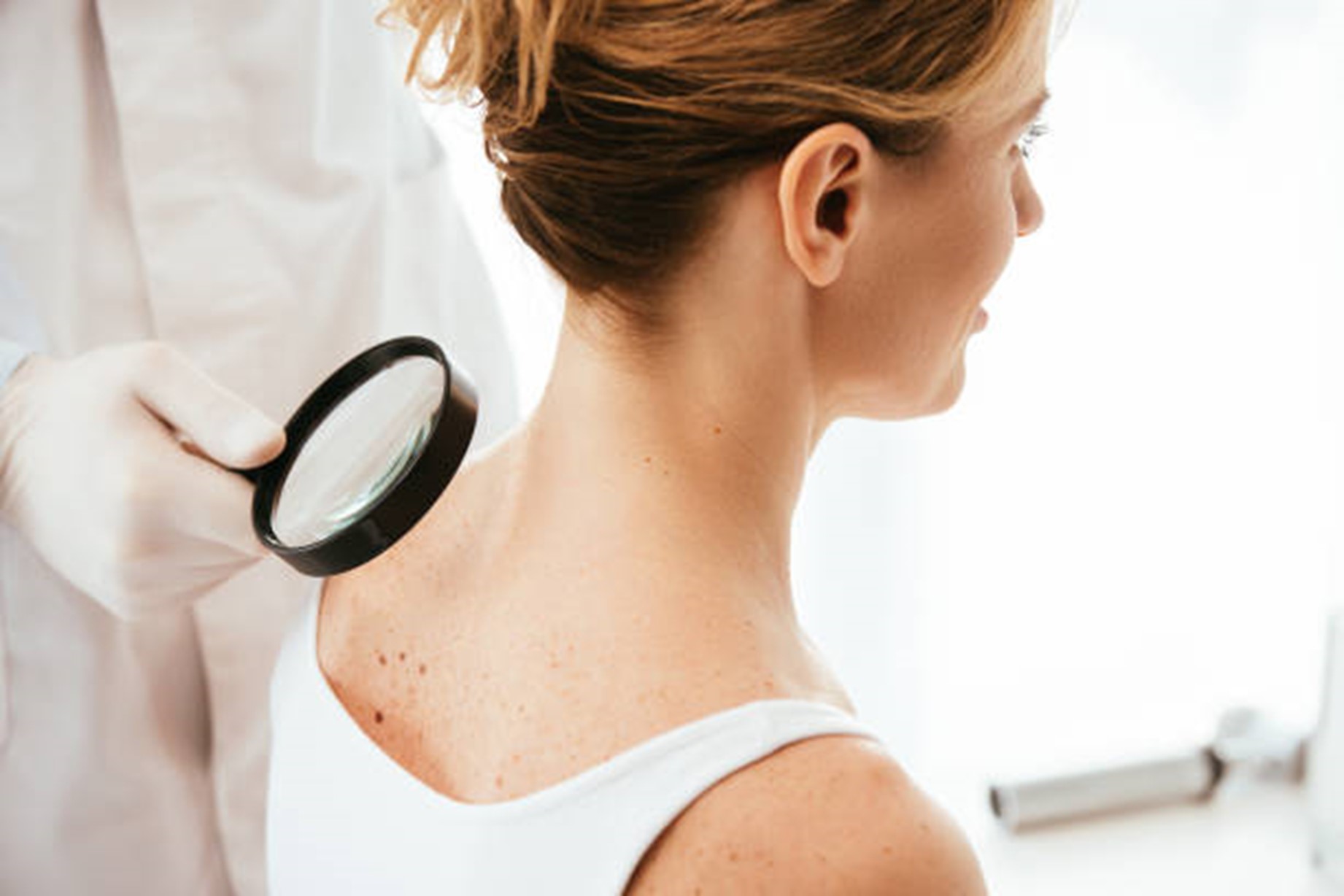Your doctor may recommend a bilevel-positive airway pressure machine or BiPAP if you suffer from sleep apnea or another ailment that impairs your breathing ability. It’s a breathing aid that may go by the name “BPAP” (Breathing Pattern Adherence Program).
Read on our guide to know everything before you take a BiPAP machine on rent.
BiPAP: What Is It?
Since the COVID-19 outbreak, the term “BiPAP machine” has been more prevalent in everyday conversation. Because of this, we often find ourselves asking, “What exactly is BiPAP?”
When it comes to breathing, there are several medical issues that might cause difficulty. This may progress to ARDS (Acute Respiratory Distress Syndrome), pneumonia, a persistent cough, dizziness, and even death if neglected.
A BiPAP machine is useful for this purpose. A bilevel positive airway pressure machine, or BiPAP ventilator, is useful to normalise a patient’s breathing. Being able to adjust the pressure to one of two levels is what makes it “bilevel.”
The term “inhalation positive airway pressure” refers to a device that increases air pressure during inhalation. It’s called exhalation positive airway pressure because as you exhale, the equipment lowers the air pressure in your airway. This device provides inhalation treatment in a non-invasive manner, making it easier to take deep breaths.
Despite its vital purpose, a BiPAP ventilator is a rather simple and compact equipment. It’s about the size of a lunchbox and comes with a face mask, a nasal mask, and a tube. In addition to the tube, the machine also has a motor that provides the air. This device sees regular usage in medical facilities. Also, you can take a BiPAP machine on rent to try it at home.
Who Uses BiPAP?
If you have a medical condition that causes you to have trouble breathing at times, a BiPAP might benefit you. But don’t overlook BiPAP machine price when choosing one.
If you have any of the following, your doctor may suggest that you use a BiPAP:
- Exacerbation of an existing case of asthma
- COPD or chronic bronchitis and emphysema (COPD)
- Some kind of neurological or musculoskeletal disorder
- Hypoventilation syndrome related to obesity
- Difficulty breathing due to medical treatment or illness
A BiPAP isn’t for you if you have persistent or constant breathing problems or difficulties swallowing. If you’re having trouble breathing, your doctor may suggest a different type of BiPAP machine.
A BIPAP Machine: What Are The Benefits?
- Respiratory Difficulties
Better air exchange, made possible by BiPAP, aids in the body’s ability to function. The following are a few other benefits that come along with utilising a BiPAP machine:
- BiPAP Makes Exhaling Considerably Less Of A Hassle
By applying constant pressure, BiPAP keeps airways open and allows breathing to continue normally.
- Best For Sleep Apnea Patients
A BiPAP machine may treat moderate to severe cases of sleep apnea. Doctors recommend BiPAP machines for patients who need a lot of pressure when sleeping.
- The Use Of BiPAP Enhances Sleep Quality By
It is widely held among medical professionals that regular use of BiPAP not only improves the quality of sleep for those with severe COPD, but also has the potential to increase the lifespan of those who use it. Persons with COPD who utilise BiPAP equipment may also have fewer hospitalisations.
When Someone Uses A BiPap, What Can We Expect?
If you have to go to the hospital because of a respiratory emergency, you can try BiPap treatment. It is also useful for chronic conditions as well.
Use BiPap only as directed by your healthcare physician. Some nights, you may need to apply it solely in bed. Or you may find yourself constantly relying on it. You won’t get its full therapeutic advantages if you don’t utilise your BiPap machine as prescribed.
You could experience some unease when using BiPap for the first time. If you’ve never worn a mask before, you may find the air passing over your face disconcerting. It’s normal to become accustomed to it after some time has passed. Communicate with your healthcare practitioner if you have severe difficulty breathing while using BiPap. If you did this, you might aspirate some liquid or solid into your lungs.
Most BiPAP devices make a pleasant, steady hum while in use. Use earplugs if the noise is too much to bear.
How Can I Improve My BiPAP Usage?
- Start off by using your BiPAP for a few hours each night. Then, gradually lengthen the time that you spend in front of the screen. Acclimating to BiPAP therapy is a process that requires time.
- It’s possible you’ll need a mask that’s a different size, shape, or material. If you experience any discomfort or irritation while using your mask, see your healthcare professional. You could benefit from using a moisturiser developed specifically for those who use BiPAP machines.
- If you have nasal discomfort throughout the day, try using a saline nasal spray before bed.
- If you’re experiencing trouble adapting to the air pressure, you should see a doctor. They will be able to instruct you on how to modify your BiPAP’s air pressure. It’s possible that you’ll need to reduce the pressure initially and work your way up to the desired level.
What to Look for When Choosing Your Own BiPAP Machine
The purchase of a BiPAP machine is crucial and may save lives in various circumstances. This is why it’s crucial that you take your time to decide. When first beginning therapy for breathing difficulties, some patients may experience anxiety. In order to help you make a well-informed purchase of a BiPAP ventilator, we have compiled all the following data:
Your physician may suggest a particular device or type that is ideal for your condition.
The pressure range is the most crucial specification. It is common for these devices to operate with an air pressure range of 4-25 cm H2O. In extreme situations, you should choose a machine with more air pressure than is strictly necessary. Also, don’t forget to check the BiPAP machine price. BiPAP equipment may save a patient’s life when utilised appropriately and for the appropriate medical condition. It is important to fully grasp your therapy to get the most out of this tool and recover more quickly and effectively.



